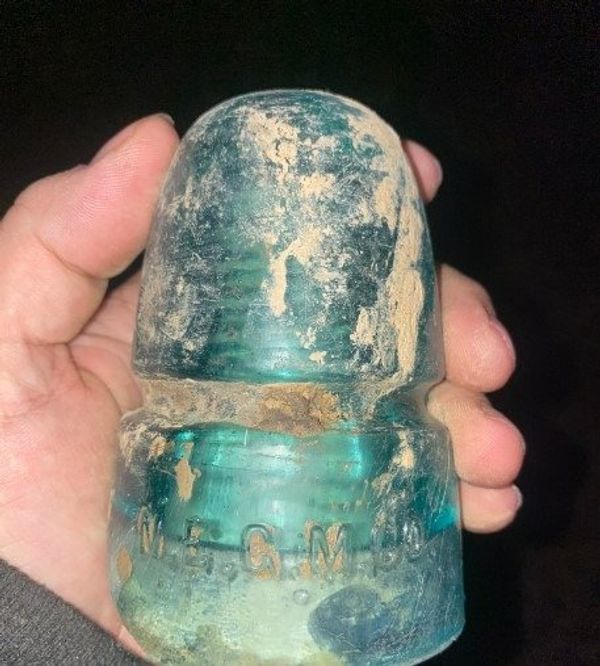Have you ever wondered what was up there, made of glass or porcelain, when you glanced up at a telephone pole? Though they can just seem like decorations, they have a very important function in the communication industry. These unseen warriors, known as insulators, are essential to maintaining the safety of our electrical wires and the clarity of our phone conversations.

Protecting the Electricity Flow
The crucial function of insulators is to keep electrical cables from making contact with the earth or a pole. Can you picture yourself attempting to make a long-distance call and having your voice fade away after a few hundred feet? That wouldn’t be very enjoyable, would it? Insulators make sure that valuable phone calls can continue uninterrupted and that none of the electricity leaks out.

The Range of Insulators
These commonplace items are available in an array of designs and hues. Some of the older ones were made of wood, glass, or even animal parts, but many were constructed of porcelain or glass. Even more strange materials are used to make some insulators! In the case of insulators, size is also important. Larger ones are made to handle high-voltage electrical cables, while smaller ones are used for telephone and telegraph wires. Depending on the voltage, it’s similar to a VIP section for insulators!
Controlling Voltage
Regarding power lines, the voltage dictates the necessary insulator size. Electricity likes to flaunt itself and may attempt to leap a considerable distance. This is when insulator design becomes important. Like bouncers at a nightclub, insulators with broad “umbrella” disks and wide lower skirts keep the wires at arm’s length from the pole and guard against mishaps.
An Unexpected Interest
It may surprise you to hear that gathering insulators is a common pastime! When utility and power companies began burying their wires in the 1960s, many old insulators were abandoned, and the trend gathered momentum. However, as they say, what is garbage to one person is treasure to another. People from all walks of life are collectors of insulators. Some people use these glass pieces for their aesthetic value, decorating gardens and windowsills with them to give a little sparkle to their surroundings. Some people have more specialized preferences and look for specific types of insulators. These components can be purchased for anything from free to extremely expensive amounts. At flea fairs, you can find one for free or just happen upon one for less than a dollar.
An Historical Aspect
Collectors typically possess insulators that range in age from 70 to 145 years, with certain types becoming extinct since the early 1900s. Insulators are no different from everything else in that they age and go out of style; they eventually become collectibles. They bind us to an era when communication was still in its infancy by holding a piece of history.

Understanding the Function of Insulators
Remember how important these oddball glass or porcelain insulators have been to communication history the next time you see one perched high atop a phone pole. Even though they might appear to be artifacts of the past, they have had a profound impact on our capacity to communicate, whether it be via text message or phone call. Who knows? Perhaps you will even be motivated to begin your own collection and become one of the many aficionados for insulators that discover the history and beauty in these commonplace objects.